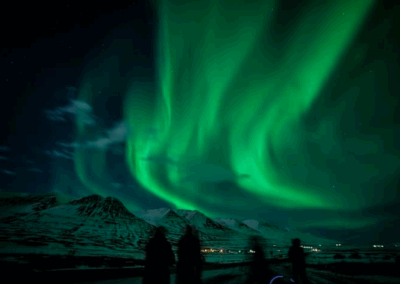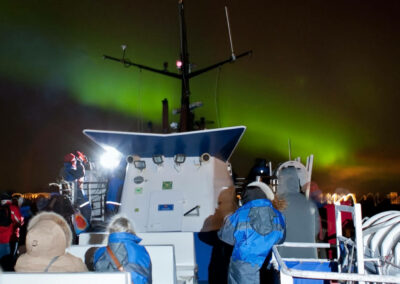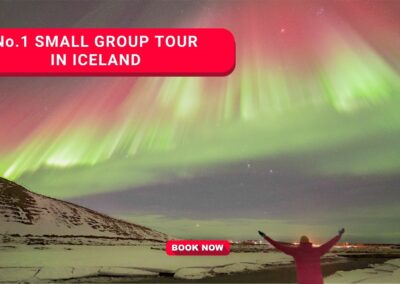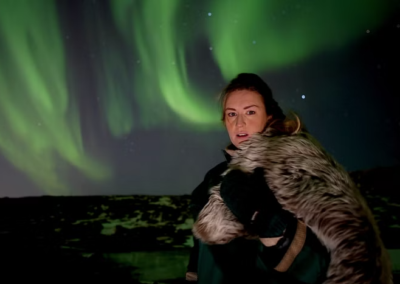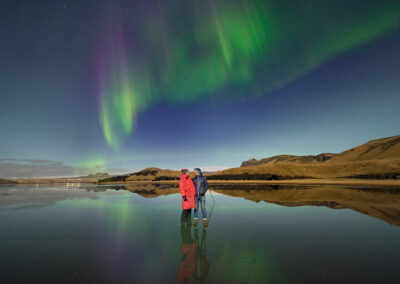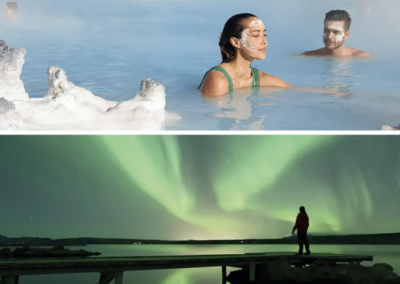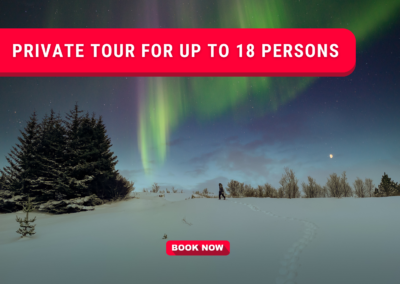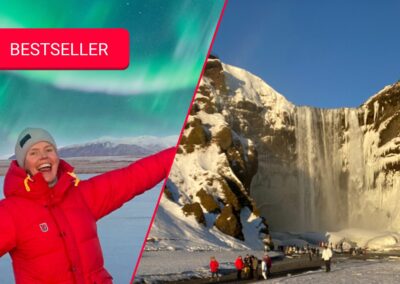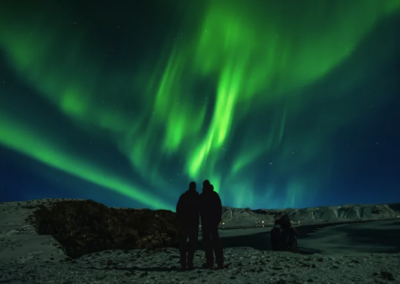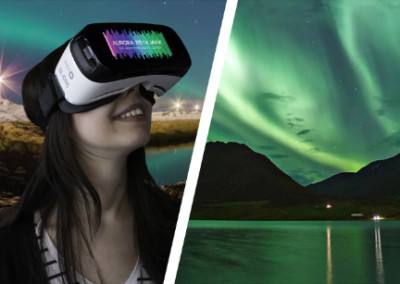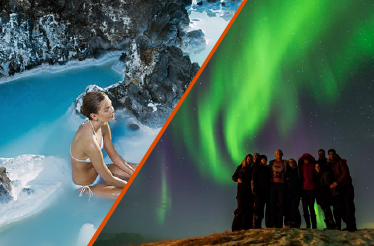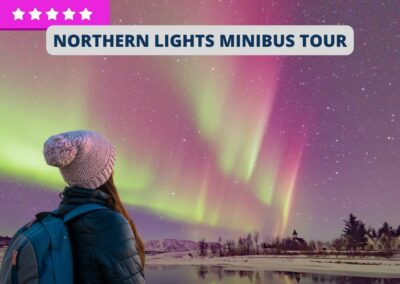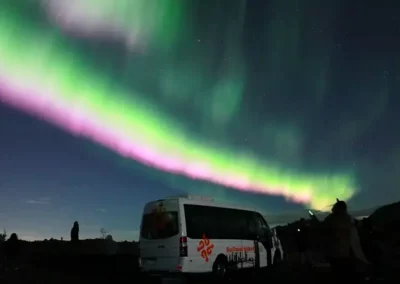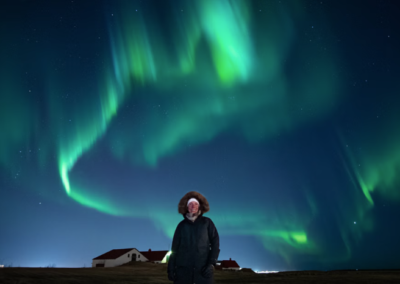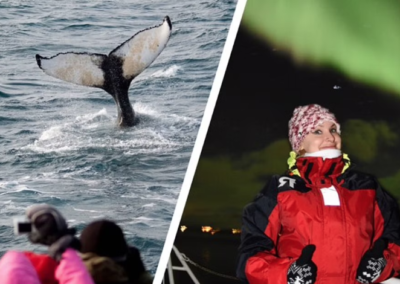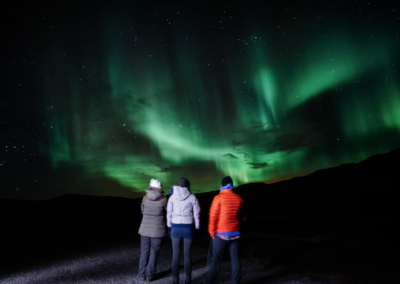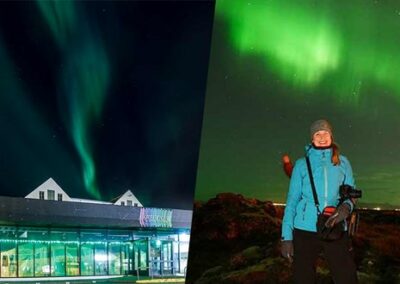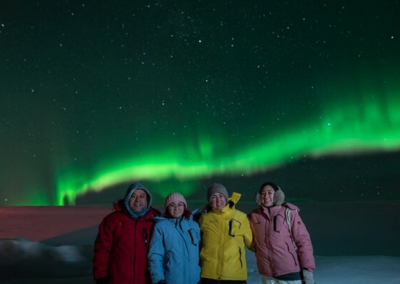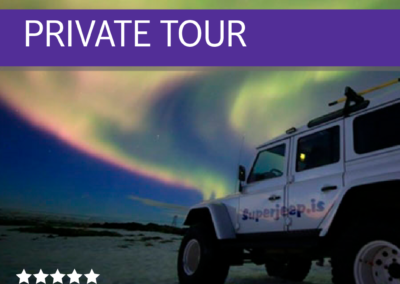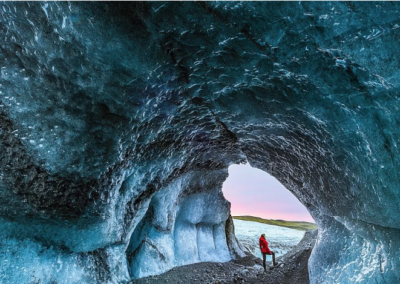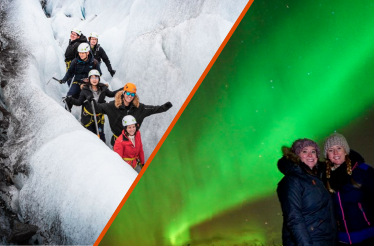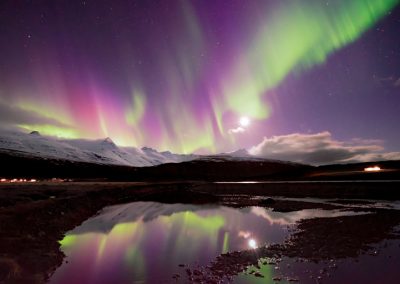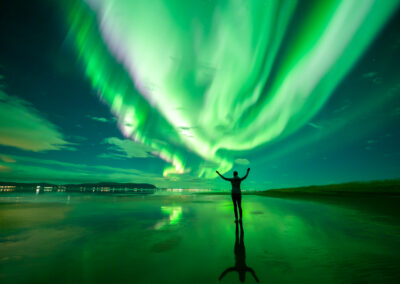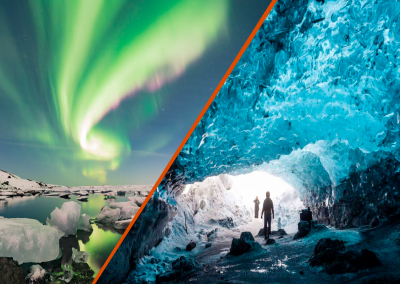Kann man in Island jede Nacht Nordlichter sehen?
The Northern Lights, or aurora borealis, are among the most awe-inspiring natural phenomena on Earth. Their ethereal glow and mesmerizing dance captivate travelers from around the world. However, many wonder: do the Northern Lights occur every night? The short answer is yes, but visibility depends on several factors, including location, weather, and solar activity. Let’s dive deeper to understand this magical phenomenon.
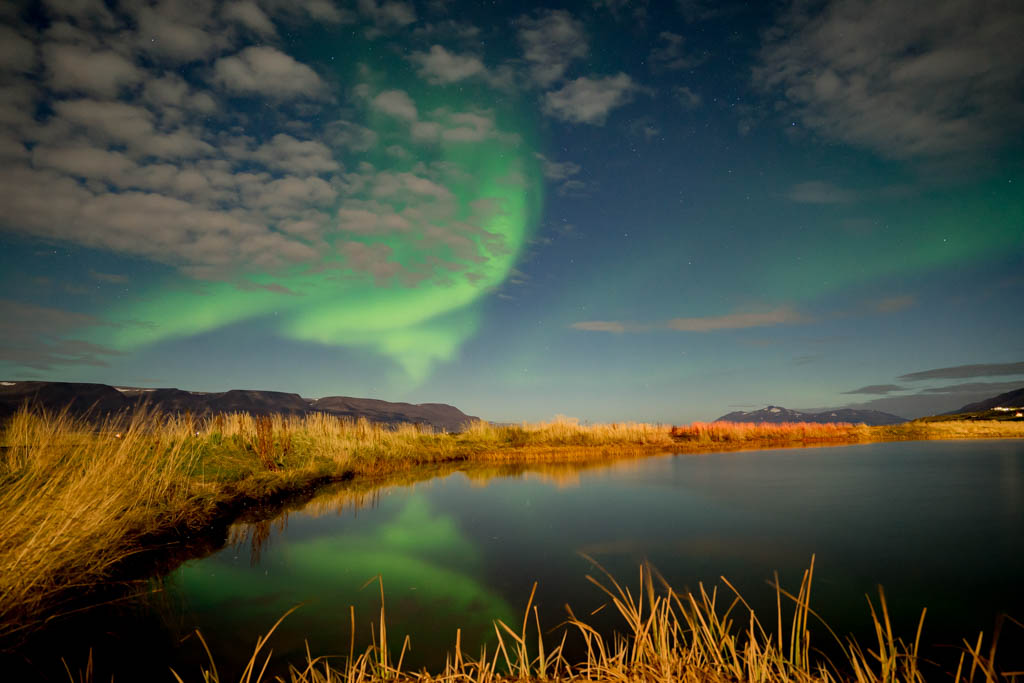
What Are the Northern Lights?
Before addressing their frequency, it’s essential to understand what the Northern Lights are. The aurora borealis occurs when charged particles from the sun collide with gases in Earth’s atmosphere. These interactions release energy in the form of light, creating the vibrant colors we associate with the aurora: green, pink, red, and purple.
The lights are most commonly seen in regions near the magnetic poles, including Iceland, Norway, Finland, Canada, and Alaska.
For more details on how the aurora forms, check out our guide to understanding the aurora forecast.
Kann man in Island jede Nacht Nordlichter sehen?
Auroras Are Always Happening
Technically, the Northern Lights occur every night as auroral activity is continuous. Solar winds constantly send charged particles toward Earth, where they interact with the magnetic field. However, whether you can see the aurora depends on several key factors:
- Solar Activity
- Solar flares and coronal mass ejections (CMEs) increase the likelihood of visible auroras.
- During periods of high solar activity, the aurora may appear brighter and extend to lower latitudes.
- Geographic Location
- The Northern Lights are primarily visible within the “auroral oval,” a ring-shaped zone around the magnetic poles.
- Locations like Iceland, northern Norway, and Alaska offer the best chances of viewing.
- Seasonal Factors
- The aurora is more visible during the winter months when the nights are longer and darker. Summer’s midnight sun in the Arctic Circle can obscure visibility.
- Weather Conditions
- Clear skies are essential for seeing the Northern Lights. Cloud cover can block even the most intense displays.
- Light Pollution
- Avoid areas with artificial light to enhance your chances of spotting the aurora. Rural or remote locations are ideal.
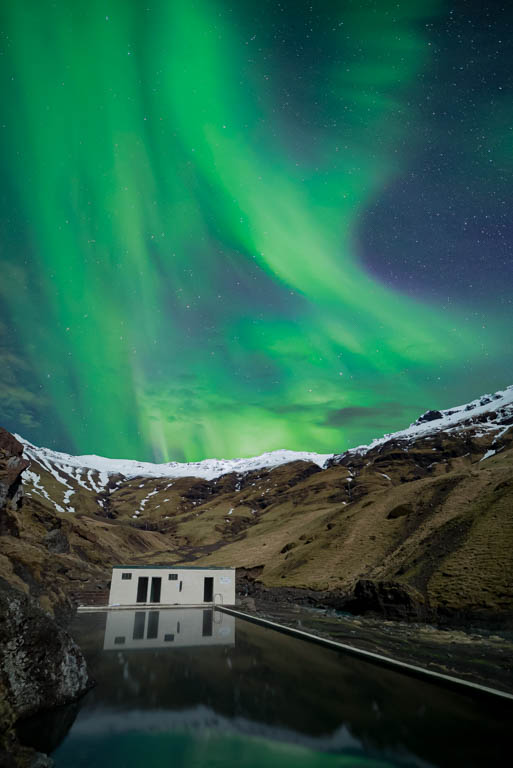
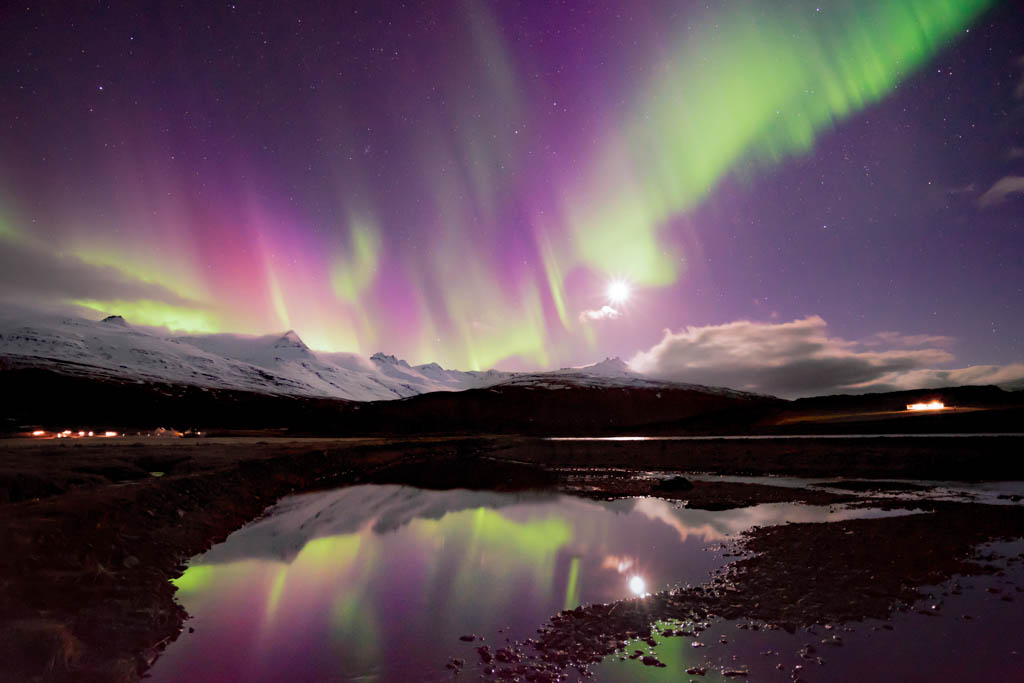
When Is the Best Time to See the Northern Lights?
While the Northern Lights technically occur every night, your best chances to witness them depend on timing and conditions.
Prime Viewing Times
- Season: Late September to late March offers the darkest skies in regions like Iceland and northern Scandinavia.
- Time: Auroras are most active between 10:00 PM and 2:00 AM local time, but they can appear as soon as it’s dark.
Auroral Forecasting
Using aurora forecast tools can significantly improve your chances. Look for high Kp Index values (above 2 in Iceland) and negative Bz values, which indicate strong geomagnetic activity.
For real-time updates, visit our Northern Lights forecast page.
Why Can’t You See the Northern Lights Every Night?
Several factors can prevent you from seeing the aurora, even when it’s happening:
1. Cloud Cover
Clouds are one of the biggest obstacles to aurora viewing. Use weather forecast tools like Vedur or Belgingur to find clear skies.
2. Full Moon
While not a deal-breaker, a bright full moon can diminish the visibility of faint auroras. Aim for nights with a new moon for optimal conditions.
3. Low Solar Activity
During periods of low solar activity, the aurora may be too faint to see with the naked eye. Keep an eye on solar wind speeds and density for clues about auroral intensity.
4. Geographical Challenges
If you’re too far from the auroral oval, your chances of seeing the lights decrease. Use aurora forecast tools to determine your likelihood of success based on your location.
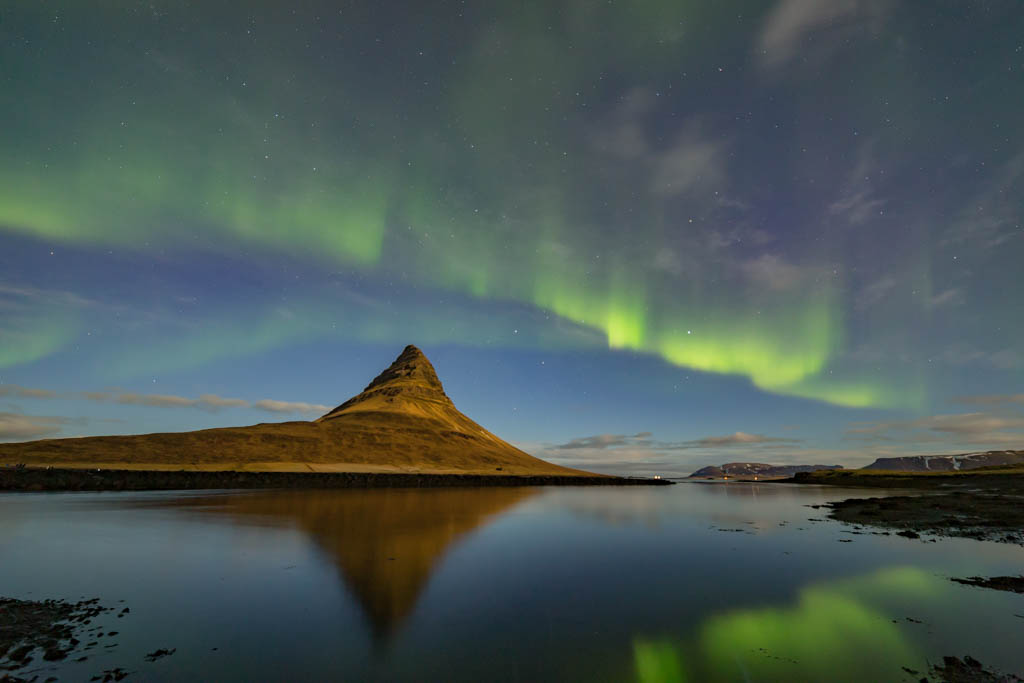
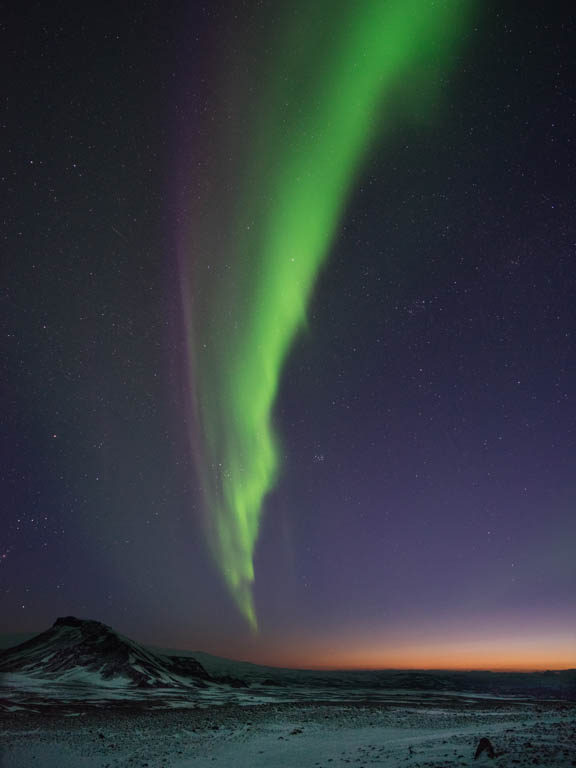
Tips for Maximizing Your Aurora Viewing Experience
1. Choose the Right Location
Head to dark, open areas away from city lights. Some of the best spots in Iceland include Reykjanes Peninsula and Jökulsárlón Glacier Lagoon.
2. Dress Warmly
Aurora hunting often involves waiting outside in freezing temperatures. Wear thermal layers, gloves, and a hat to stay comfortable.
3. Bring the Right Equipment
A tripod and DSLR camera with manual settings are essential for capturing the aurora. Use a wide-angle lens and experiment with long exposures.
For photography tips, check out our Northern Lights photography guide.
4. Be Patient
Auroras can be unpredictable, so prepare for long waits. Bring snacks, a hot drink, and plenty of patience.
Final Thoughts: Seeing the Northern Lights
While the Northern Lights occur every night, several factors affect their visibility. By choosing the right location, timing your visit during peak auroral seasons, and monitoring forecast tools, you can increase your chances of witnessing this breathtaking phenomenon.
Ready to start your aurora adventure? Explore our Northern Lights tours for expert guidance and unforgettable experiences under Iceland’s night sky.
FAQs
1. Can the Northern Lights be seen in summer?
In regions with the midnight sun, aurora visibility is limited during summer due to bright skies. However, they still occur.
2. What is the best app for tracking the Northern Lights?
Apps like My Aurora Forecast and Aurora Alerts provide real-time updates and notifications for auroral activity.
3. Do the Northern Lights always look green?
Green is the most common color, but you may also see red, pink, and purple depending on solar activity and atmospheric conditions.
4. How far south can the Northern Lights be seen?
During strong geomagnetic storms, the aurora can be visible as far south as northern parts of the United States and Europe.
For more aurora FAQs, visit Aurora Reykjavik’s FAQ page.
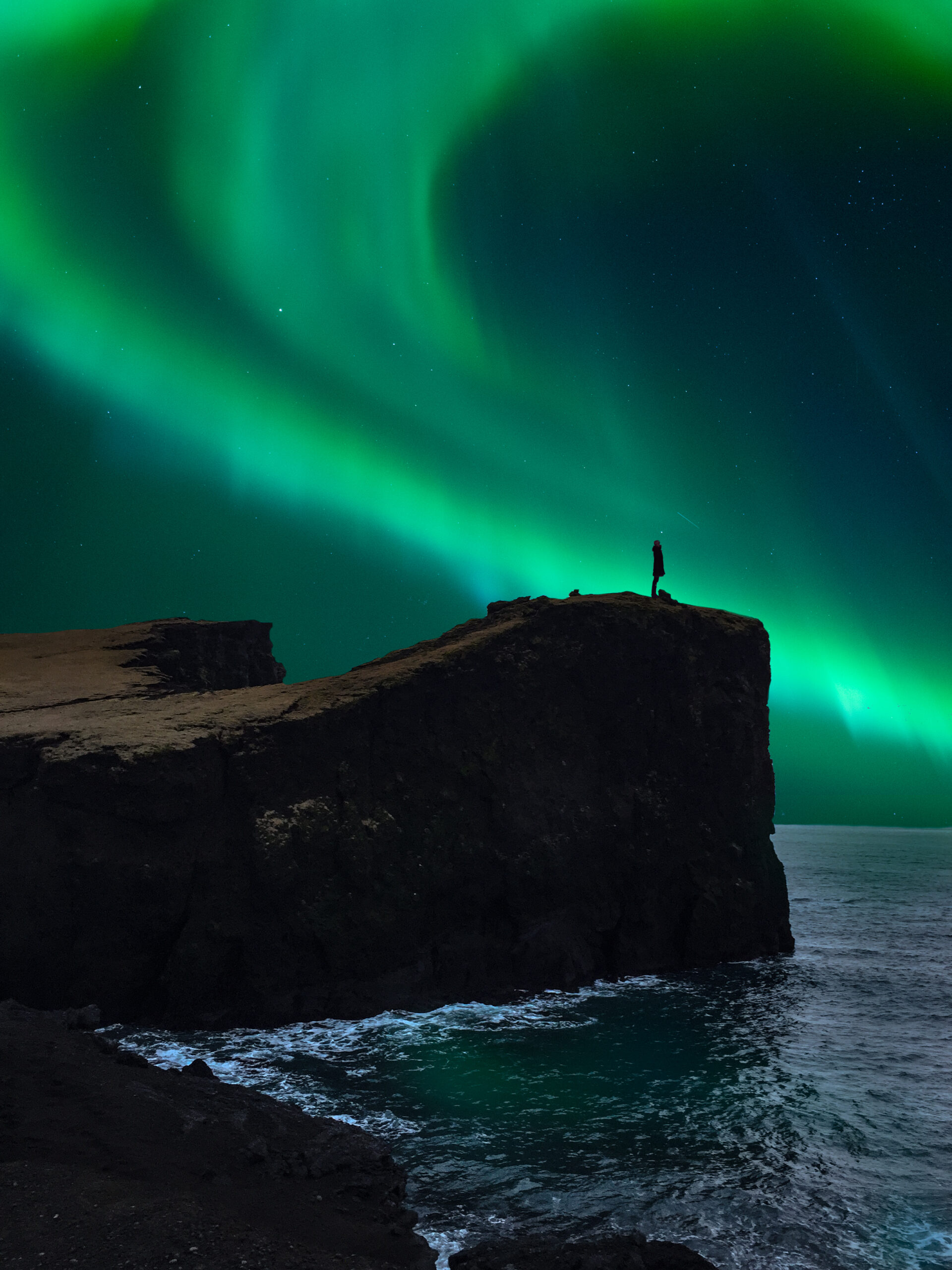
So, if you can – buy the ticket, get the ride. You will find our hand-picked selection of tours here:

